Modernism meets biophilic design in Montreal's Biodôme
Montreal's science museum, the Biodôme, has been cleverly rethought by KANVA, merging modernism and biophilic design
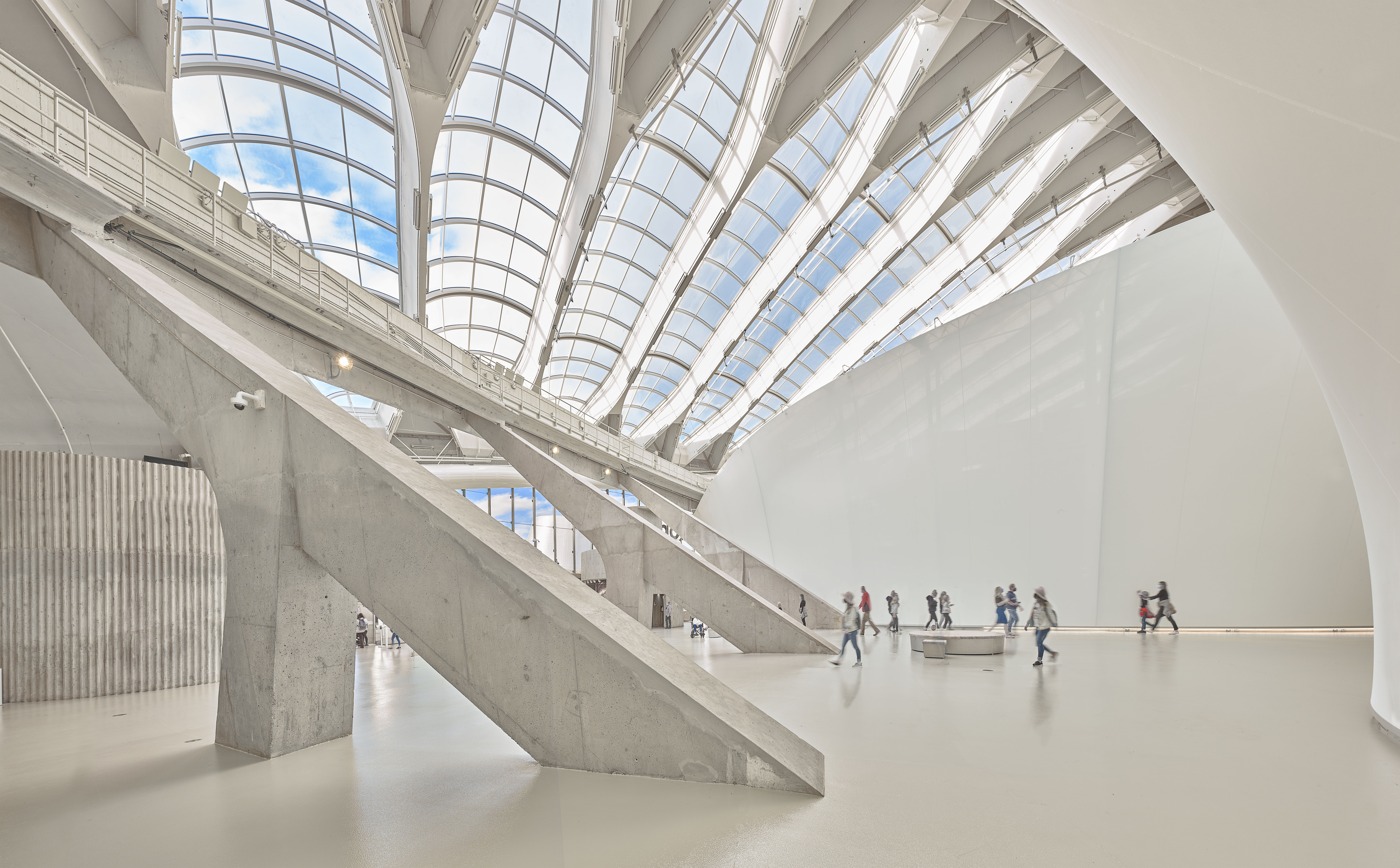
The Biodôme, Montreal's science museum housed in the former 1976 Olympics velodrome, has just been given a thorough and imressive refresh by local architecture studio KANVA. The architects led an extensive redesign of the structure, promoting biophilic design, environmental sustainability, restoration and reuse, and a dynamic, immersive display in a project that transforms the modernist-inspired concrete structure into a 21st century multi-level experience.
Headed by Rami Bebawi and Tudor Radulescu, who co-founded the practice in 2003, KANVA won an international competition to breathe new life into the tired structure in 2014 – these works part of a wider reworking of the Space for Life complex, which includes the Biôdome, Planetarium, Insectarium, and Botanical Garden.
‘Our mandate was to enhance the immersive experience between visitors and the museum’s distinct ecosystems, as well as to transform the building’s public spaces, says Bebawi. ‘In doing so, we proudly embraced the role that the Biodôme plays in sensitising humans to the intricacies of natural environments, particularly in the current context of climate change and the importance of understanding its effects.'
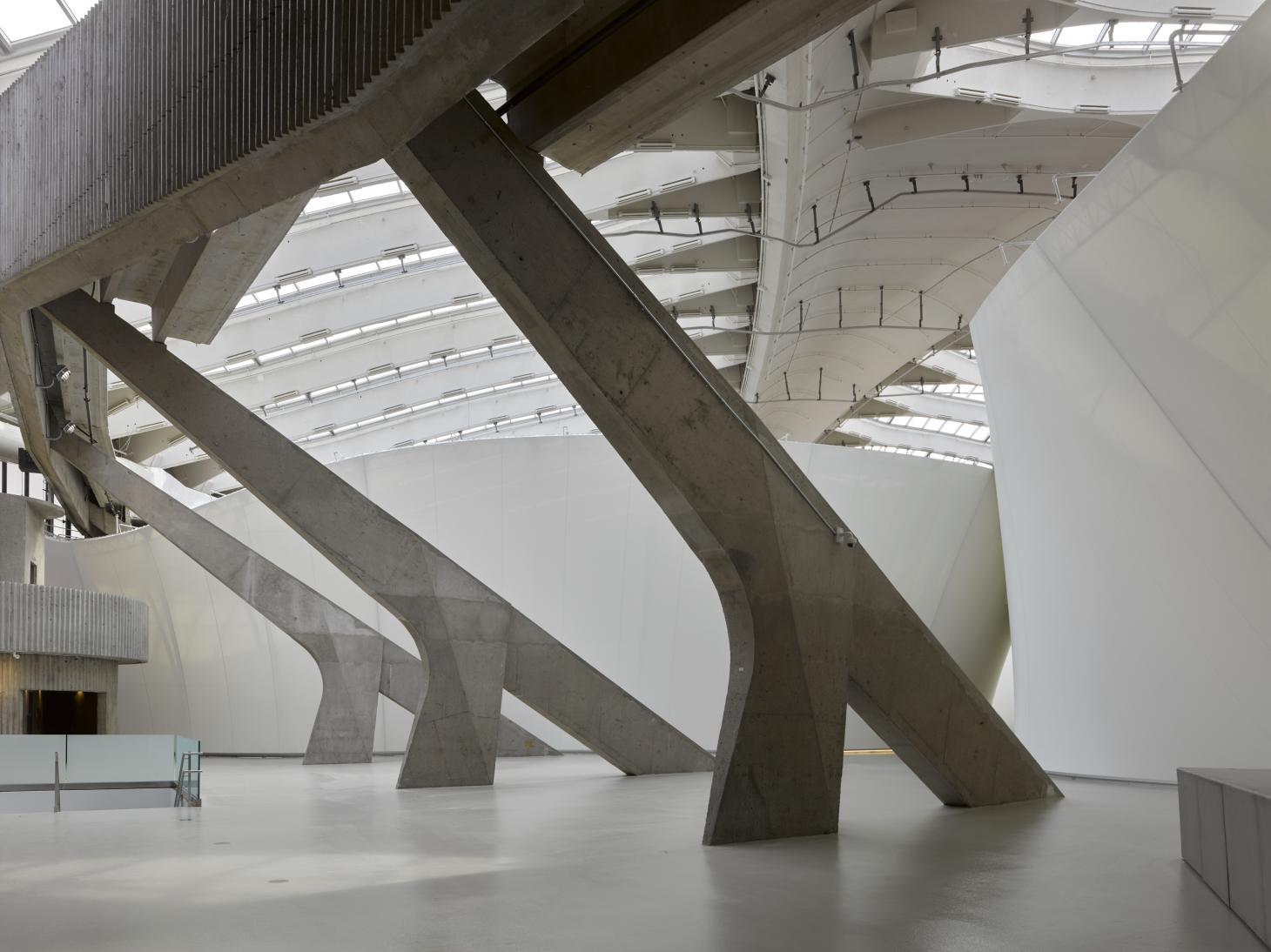
A project comprising an existing architectural structure but also complex technical equipment and whole ecosystems of plants, birds, fish and animals, this was a complicated task. The architects led a delicate operation composed of several ‘micro-interventions', in order to achieve their goal.
This included opening up a new core for the Biodôme experience – an open, central space that links all areas and connects the visitor with both the displays and the context, by revealing the dome's spectacular roof structure. High ceilings and skylights bathe the interior with light creating a fascinating shadow play between sun rays and the existing sculptural concrete structure.
A translucent, biophilic design skin wraps around each of the musuem’s various ecosystems (there are five of them in total, housing more than 250,000 animals and 500 plant species), protecting them and guiding visitors by helping with orientation. ‘It’s a very powerful tool, half a kilometre in length and rising nearly four storeys,' explains Bebawi. ‘It’s extremely emblematic of the space, and the white purity beautifully highlights and contrasts the original structural concrete.'
Making clever use of an existing structure while injecting biophilic design to bring it to the 21st century, the Biodôme is visually arresting and engaging. ‘We need to reconnect people with the environment, and the Biodôme does that in a refreshing way that we are proud to have contributed to,' adds Bebawi. ‘This project has provided us with six years of invaluable knowledge, preparing us for new and innovative approaches to future projects where architecture becomes a tool to promote and facilitate environmental change.'
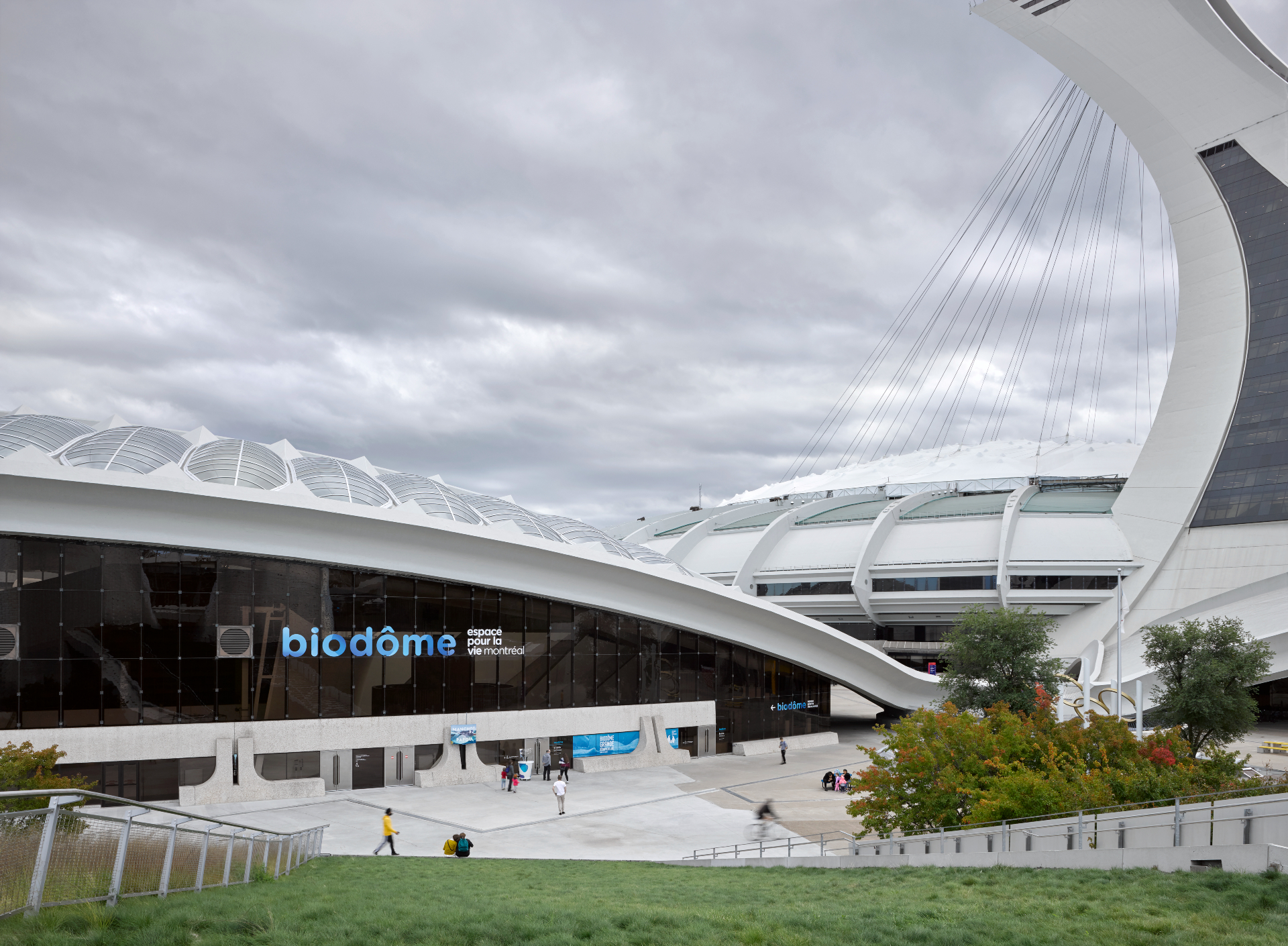

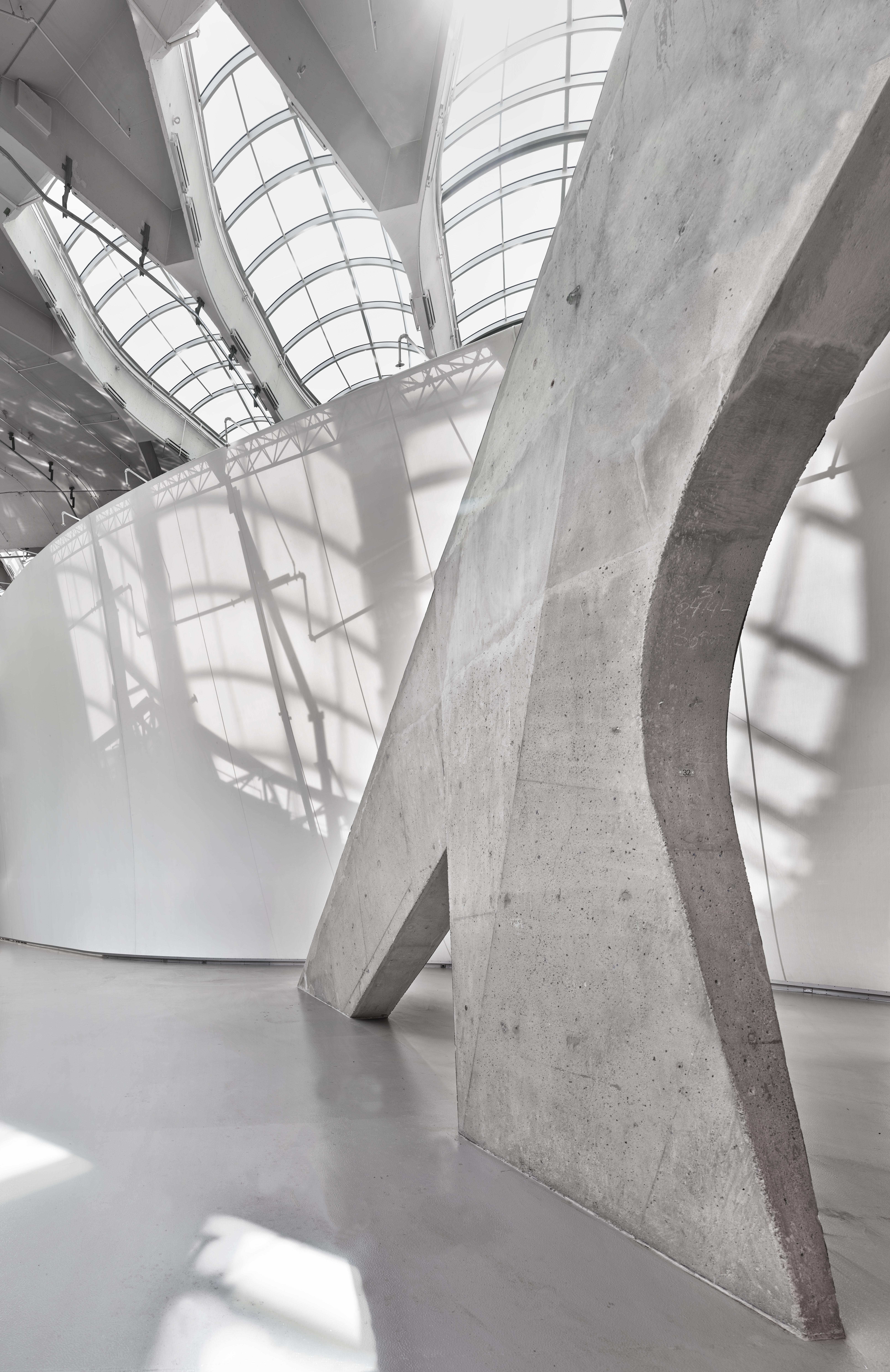

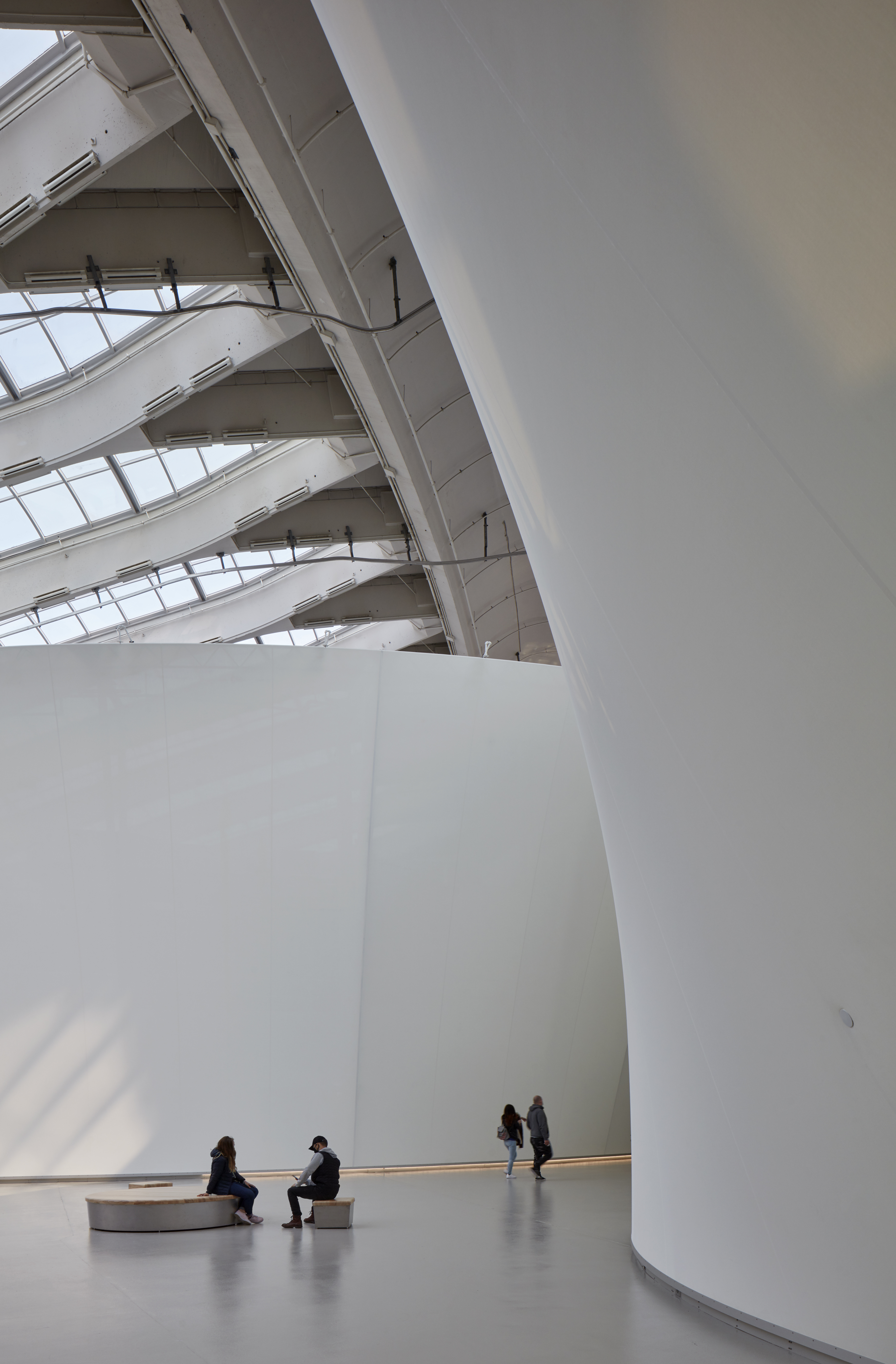
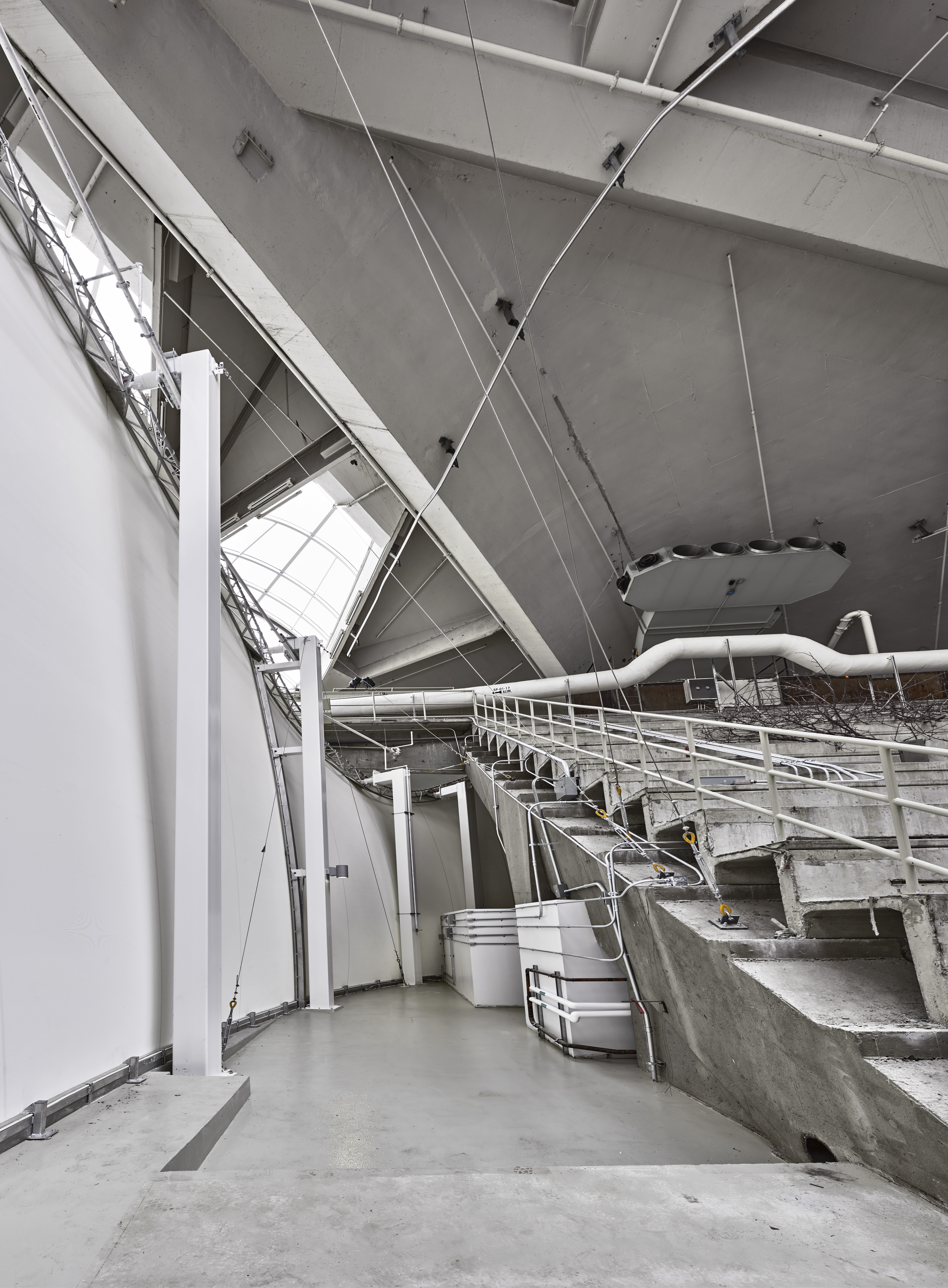
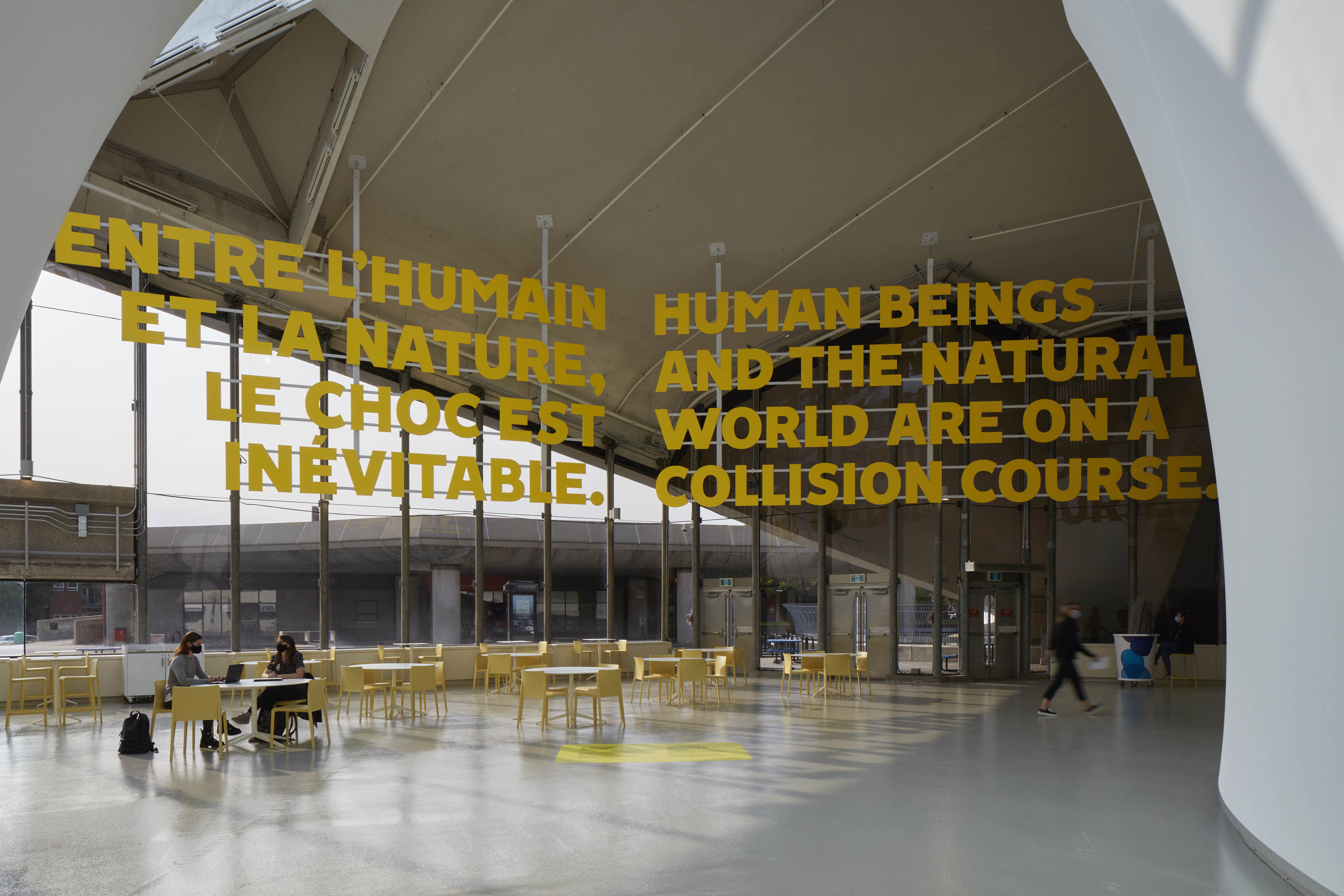
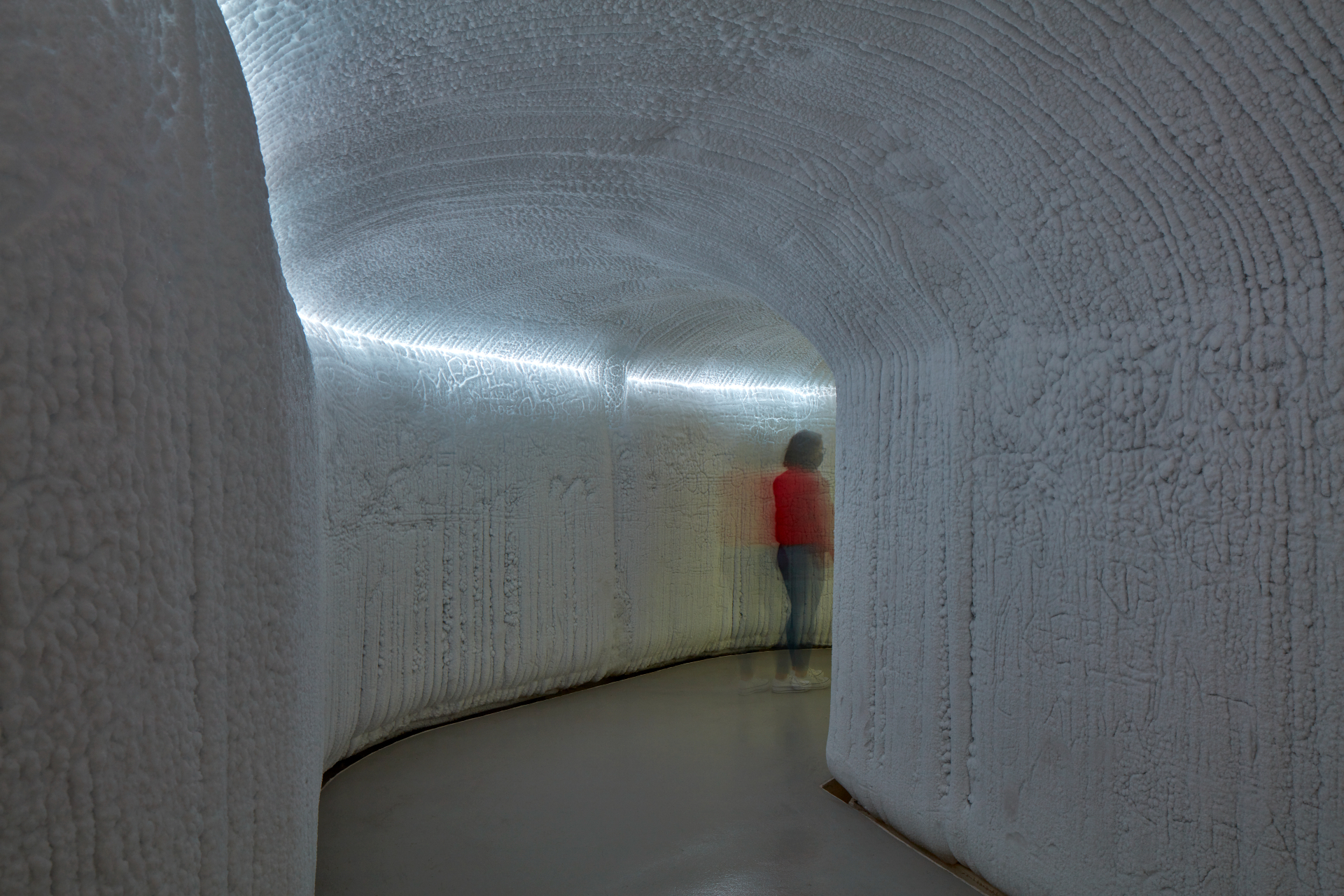
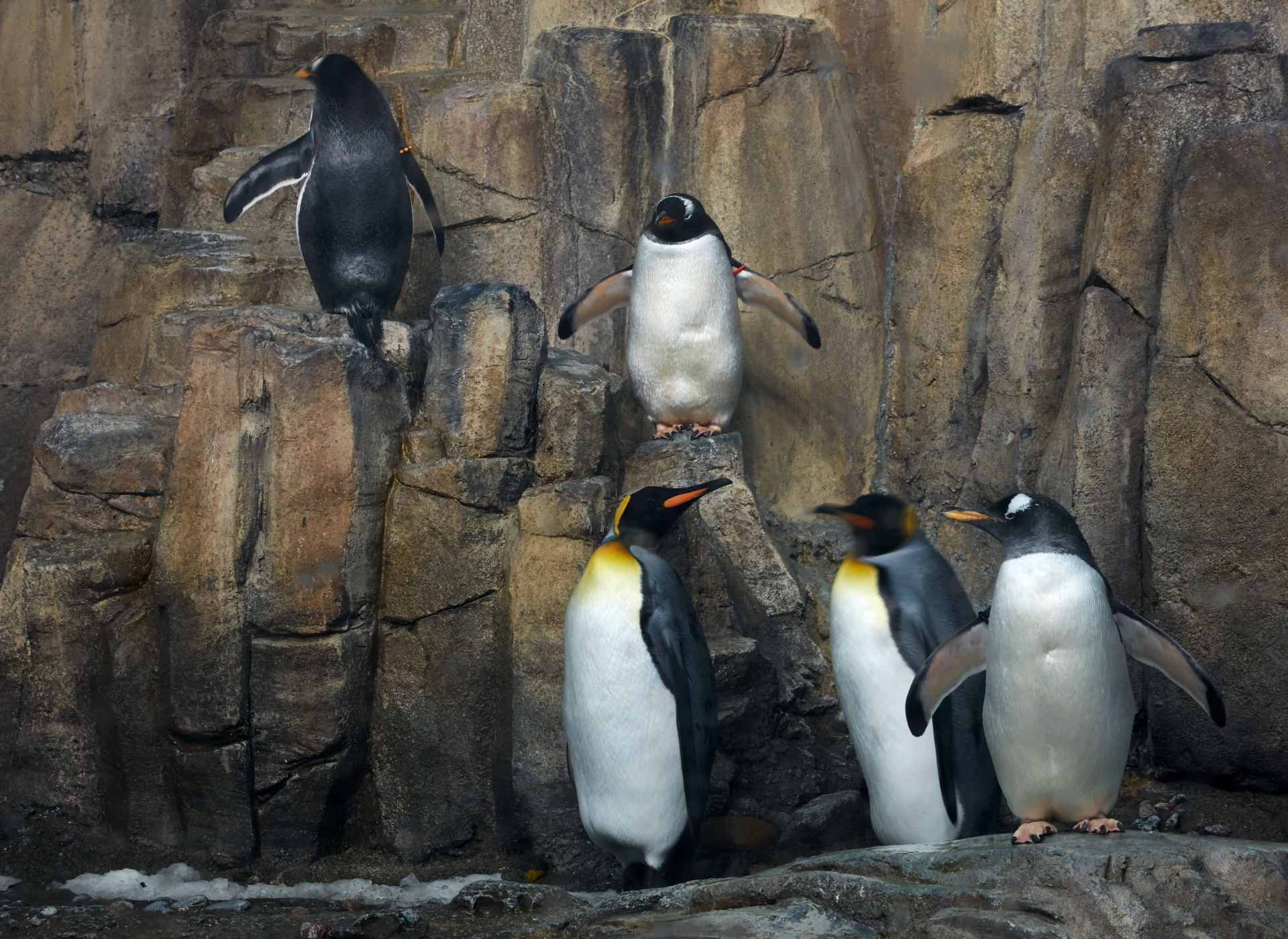
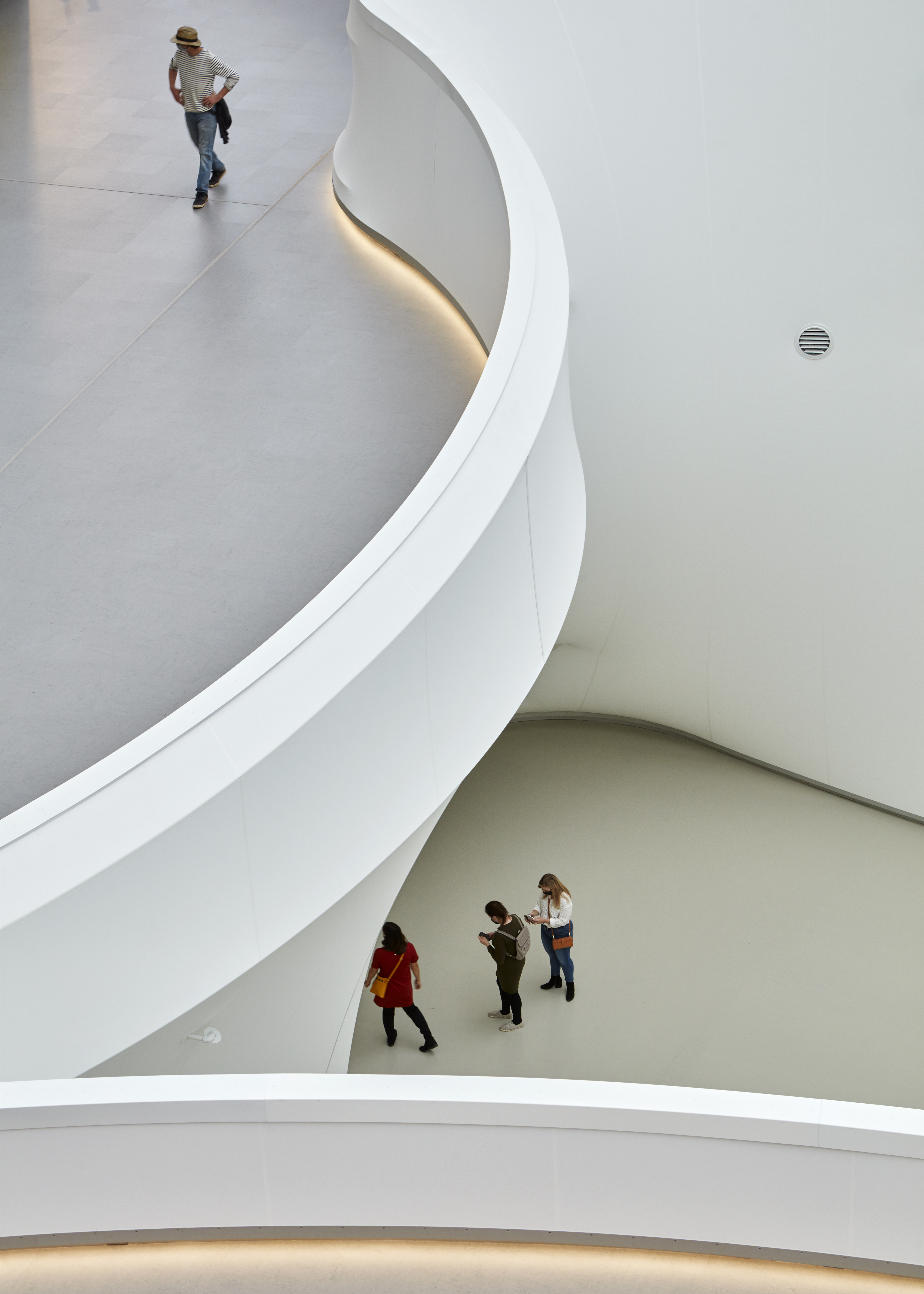

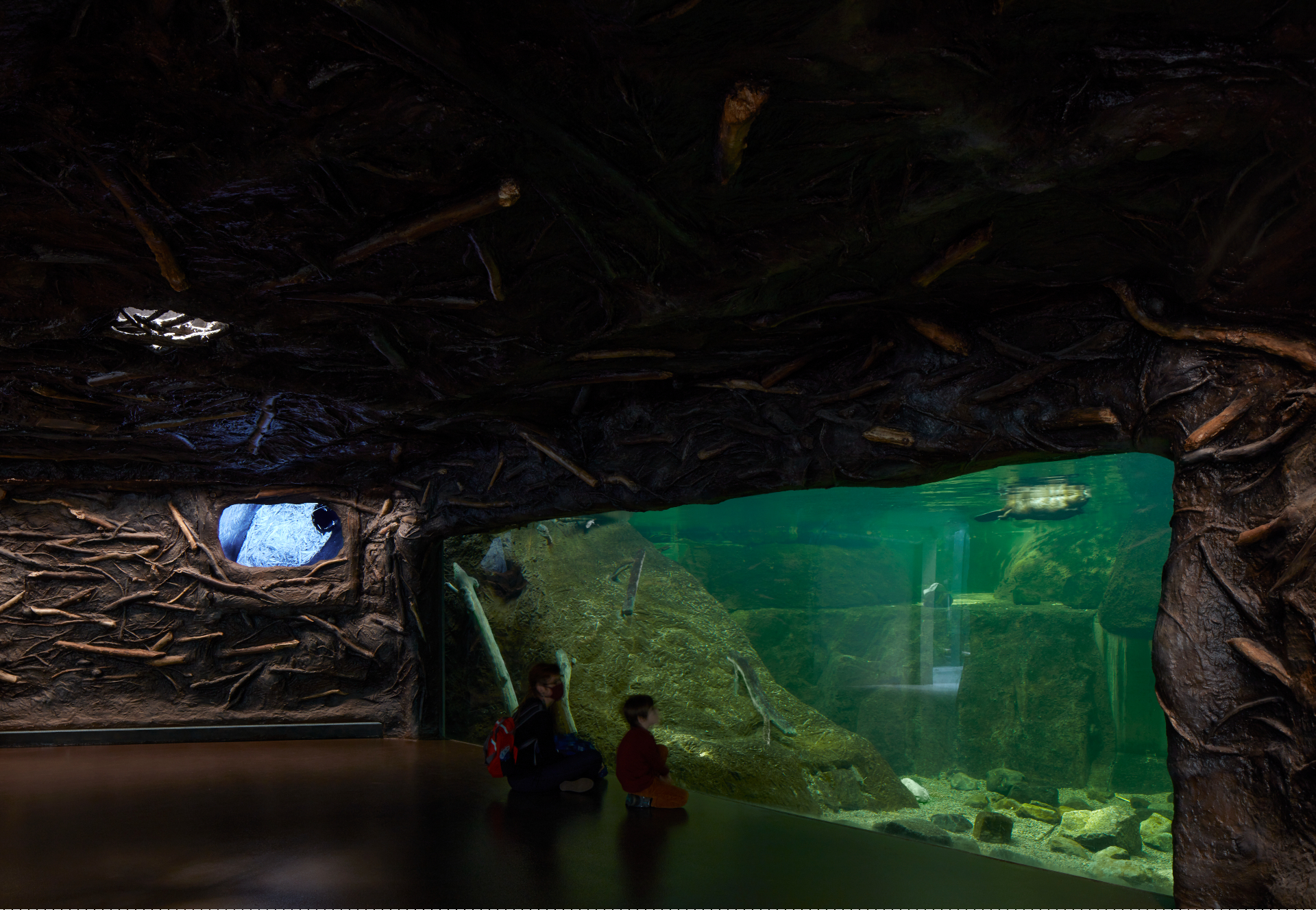
INFORMATION
Receive our daily digest of inspiration, escapism and design stories from around the world direct to your inbox.
Ellie Stathaki is the Architecture & Environment Director at Wallpaper*. She trained as an architect at the Aristotle University of Thessaloniki in Greece and studied architectural history at the Bartlett in London. Now an established journalist, she has been a member of the Wallpaper* team since 2006, visiting buildings across the globe and interviewing leading architects such as Tadao Ando and Rem Koolhaas. Ellie has also taken part in judging panels, moderated events, curated shows and contributed in books, such as The Contemporary House (Thames & Hudson, 2018), Glenn Sestig Architecture Diary (2020) and House London (2022).
-
 Terrified to get inked? This inviting Brooklyn tattoo parlour is for people who are 'a little bit nervous'
Terrified to get inked? This inviting Brooklyn tattoo parlour is for people who are 'a little bit nervous'With minty-green walls and an option to 'call mom', Tiny Zaps' Williamsburg location was designed to tame jitters
-
 Let’s hear it for the Chopard L.U.C Grand Strike chiming watch
Let’s hear it for the Chopard L.U.C Grand Strike chiming watchThe Swiss watchmaker’s most complicated timepiece to date features an innovative approach to producing a crystal-clear sound
-
 Form... and flavour? The best design-led restaurant debuts of 2025
Form... and flavour? The best design-led restaurant debuts of 2025A Wallpaper* edit of the restaurant interiors that shaped how we ate, gathered and lingered this year
-
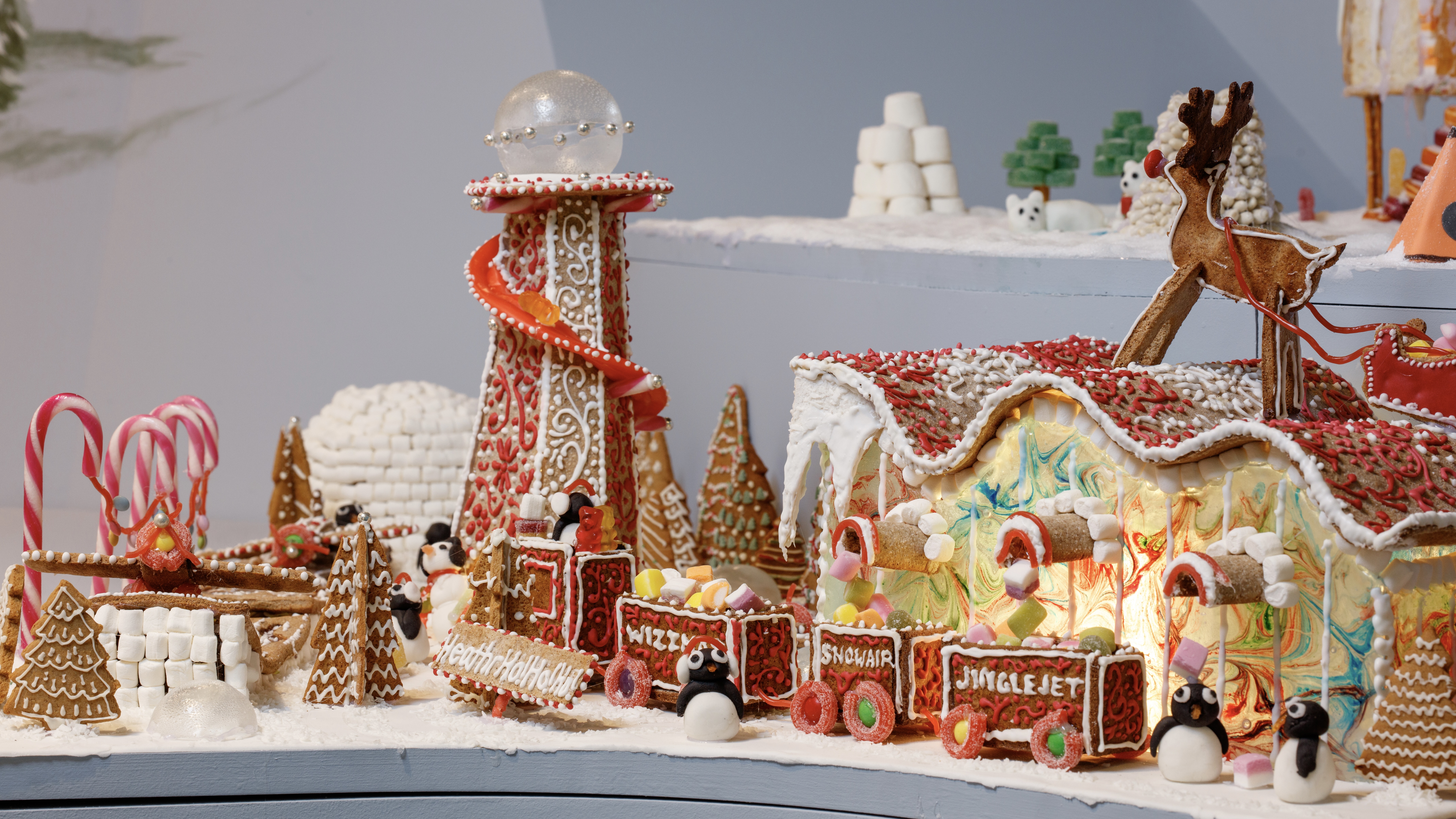 Welcome to The Gingerbread City – a baked metropolis exploring the idea of urban ‘play’
Welcome to The Gingerbread City – a baked metropolis exploring the idea of urban ‘play’The Museum of Architecture’s annual exhibition challenges professionals to construct an imaginary, interactive city entirely out of gingerbread
-
 The Architecture Edit: Wallpaper’s houses of the month
The Architecture Edit: Wallpaper’s houses of the monthFrom Malibu beach pads to cosy cabins blanketed in snow, Wallpaper* has featured some incredible homes this month. We profile our favourites below
-
 Explore the riches of Morse House, the Canadian modernist gem on the market
Explore the riches of Morse House, the Canadian modernist gem on the marketMorse House, designed by Thompson, Berwick & Pratt Architects in 1982 on Vancouver's Bowen Island, is on the market – might you be the new custodian of its modernist legacy?
-
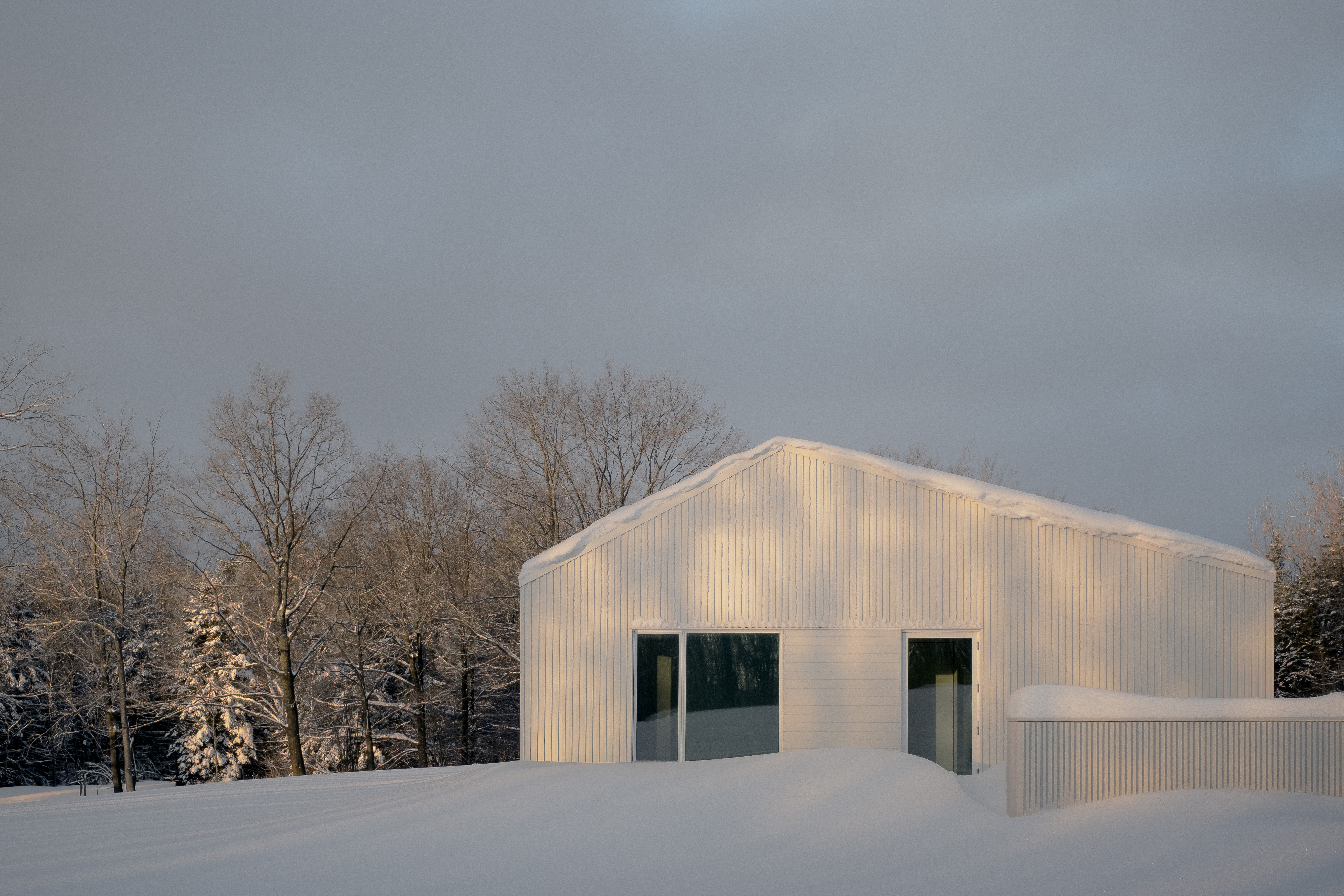 Cosy up in a snowy Canadian cabin inspired by utilitarian farmhouses
Cosy up in a snowy Canadian cabin inspired by utilitarian farmhousesTimbertop is a minimalist shelter overlooking the woodland home of wild deer, porcupines and turkeys
-
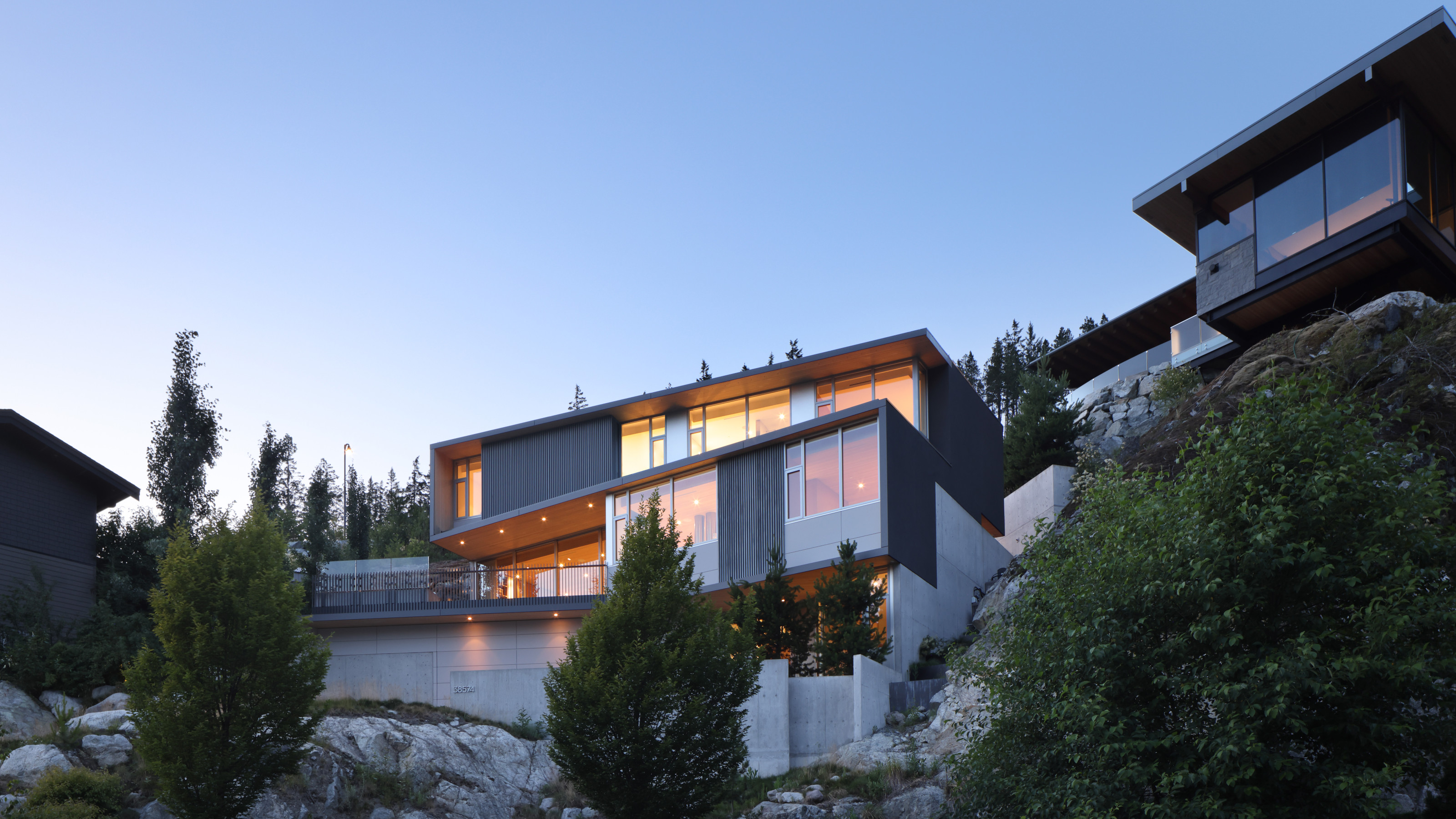 Buy yourself a Sanctuary, a serene house above the British Columbia landscape
Buy yourself a Sanctuary, a serene house above the British Columbia landscapeThe Sanctuary was designed by BattersbyHowat for clients who wanted a contemporary home that was also a retreat into nature. Now it’s on the market via West Coast Modern
-
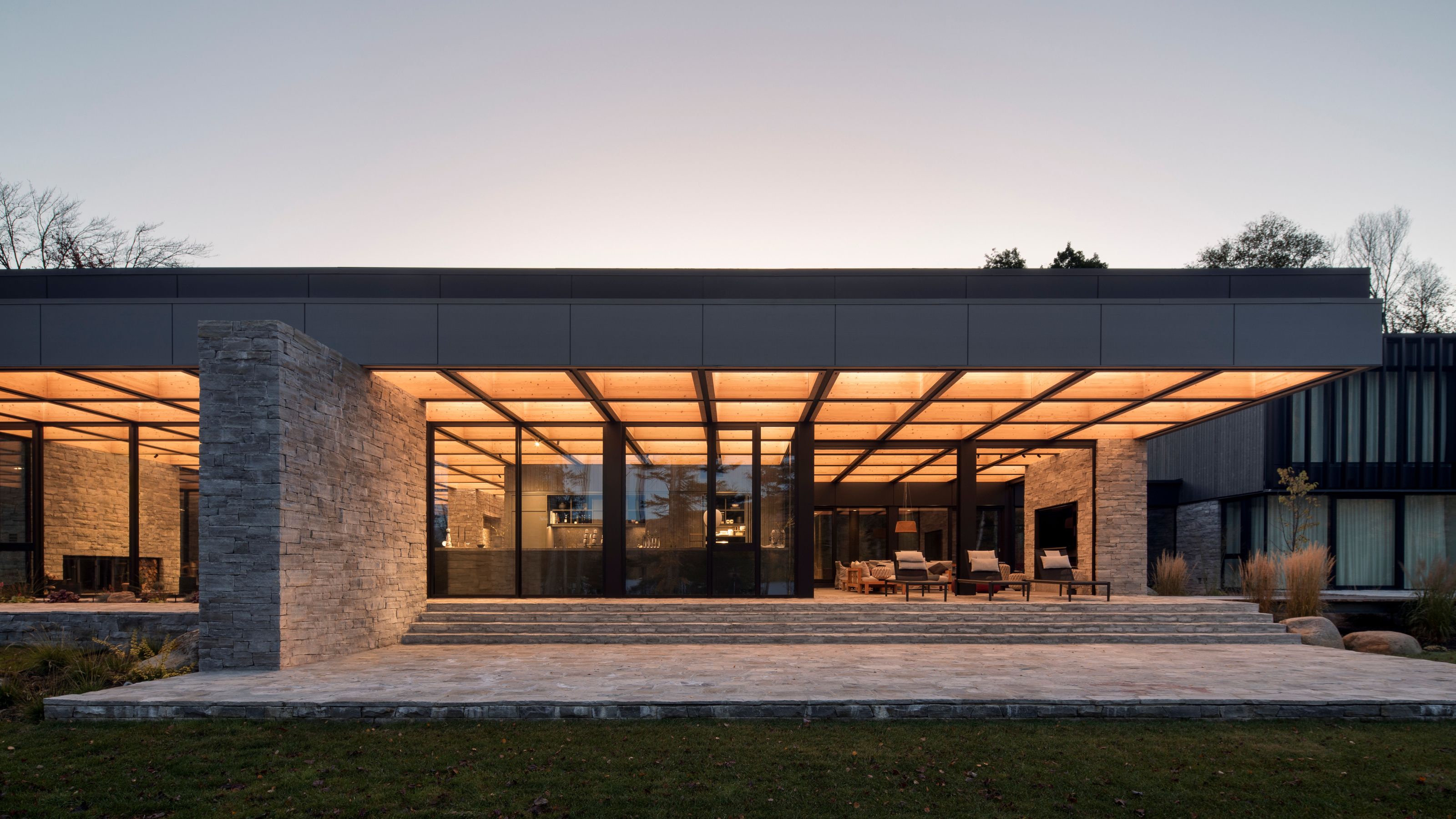 La Maison de la Baie de l’Ours melds modernism into the shores of a Québécois lake
La Maison de la Baie de l’Ours melds modernism into the shores of a Québécois lakeACDF Architecture’s grand family retreat in Quebec offers a series of flowing living spaces and private bedrooms beneath a monumental wooden roof
-
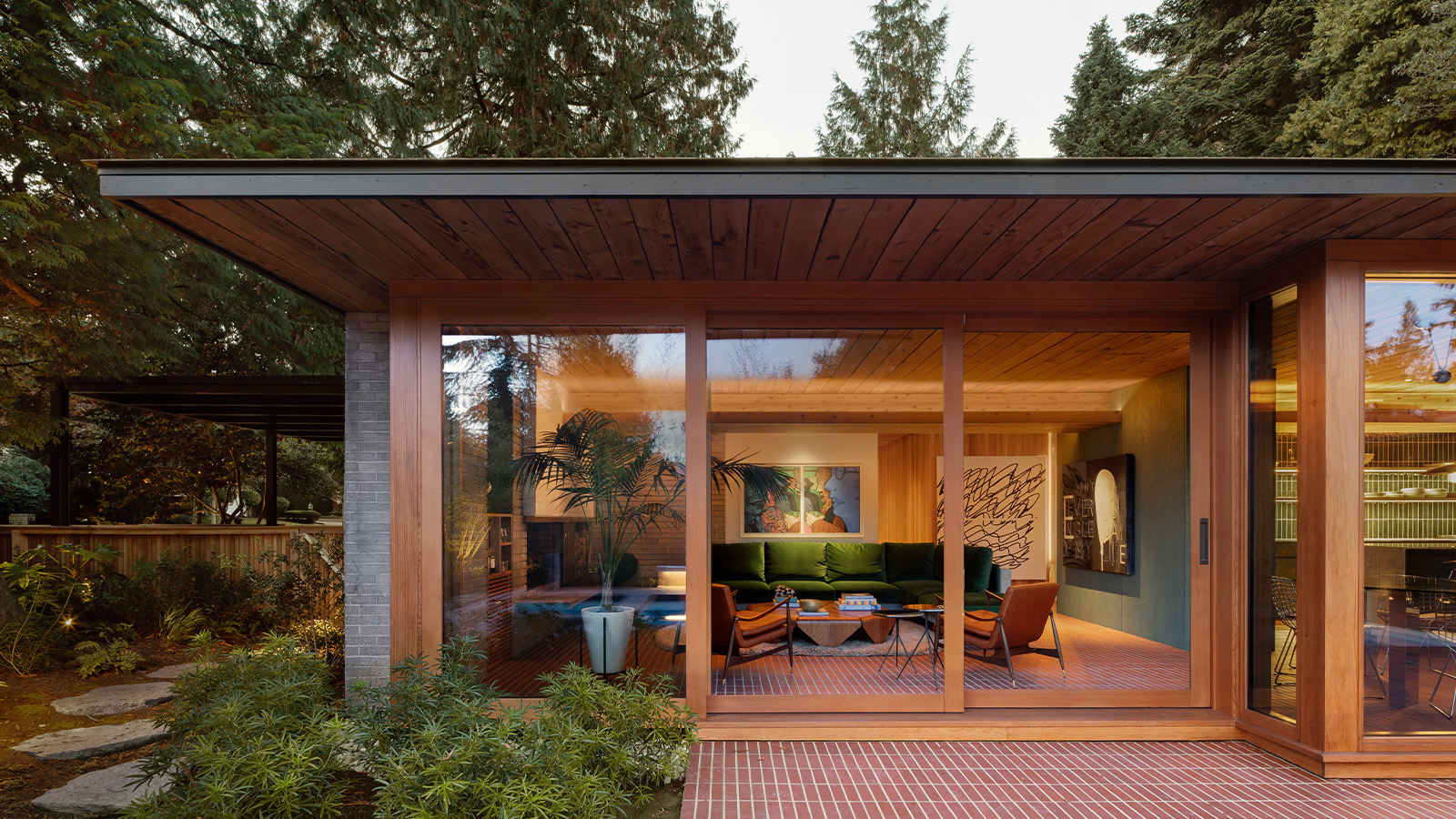 Peel back maple branches to reveal this cosy midcentury Vancouver gem
Peel back maple branches to reveal this cosy midcentury Vancouver gemOsler House, a midcentury Vancouver home, has been refreshed by Scott & Scott Architects, who wanted to pay tribute to the building's 20th-century modernist roots
-
 A spectacular waterside house in Canada results from a radical overhaul
A spectacular waterside house in Canada results from a radical overhaulSplyce Design’s Shoreline House occupies an idyllic site in British Columbia. Refurbished and updated, the structure has been transformed into a waterside retreat